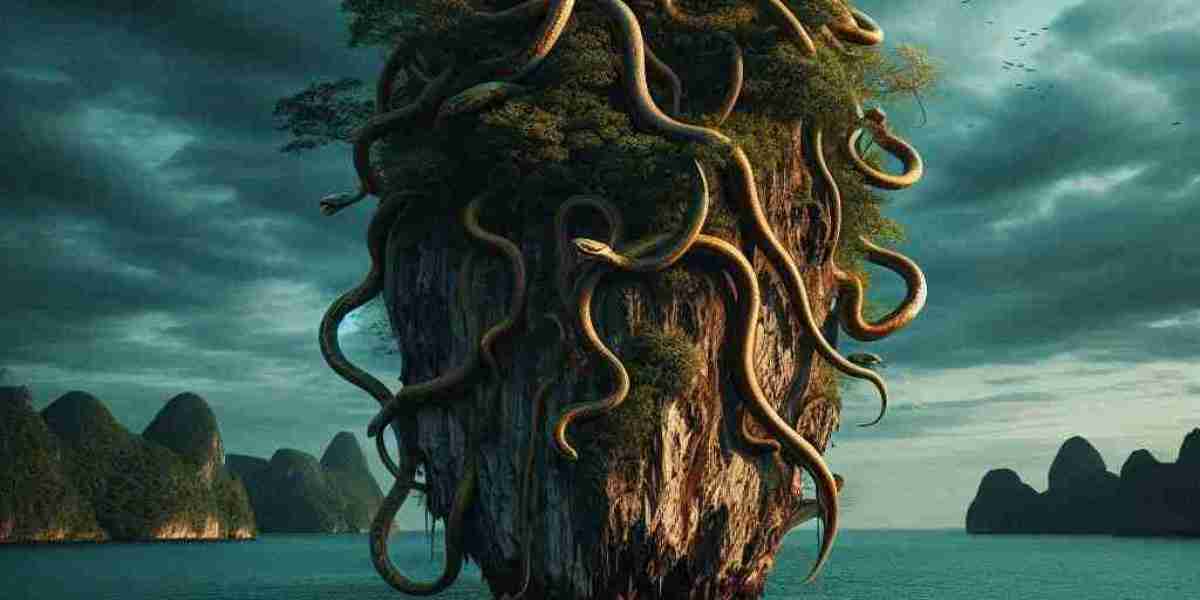The world is filled with breathtaking landscapes and thrilling destinations, but some places come with inherent risks that make them exceptionally dangerous. From extreme weather conditions to volatile geopolitics, these locations challenge the limits of human endurance and survival. In this blog, we will explore the top 20 most dangerous places on Earth, highlighting the unique hazards they present.
1. Death Valley, USA
Known as the hottest place on Earth, Death Valley's extreme temperatures can soar above 130°F (54°C), posing severe risks of dehydration and heatstroke.
2. Mount Everest, Nepal
The world's highest peak, Mount Everest, is notorious for its perilous climbing conditions, including avalanches, crevasses, and the deadly "death zone" above 8,000 meters.
3. Danakil Depression, Ethiopia
With temperatures regularly exceeding 120°F (49°C) and toxic gases seeping from volcanic activity, the Danakil Depression is one of the most inhospitable places on Earth.
4. Snake Island, Brazil
Ilha da Queimada Grande, or Snake Island, is home to the world's highest concentration of venomous snakes, making it one of the deadliest places for humans.
5. Bikini Atoll, Marshall Islands
The site of numerous nuclear tests during the mid-20th century, Bikini Atoll remains highly radioactive and unsafe for habitation.
6. Chernobyl Exclusion Zone, Ukraine
The aftermath of the 1986 nuclear disaster has left Chernobyl and its surroundings contaminated with radiation, posing severe health risks to visitors.
7. Lake Natron, Tanzania
This deadly lake's highly alkaline water, with a pH as high as 10.5, can burn skin and eyes, and its extreme salinity supports very little life.
8. North Sentinel Island, India
Home to the Sentinelese tribe, who fiercely resist contact with outsiders, North Sentinel Island is off-limits to visitors due to the risk of hostile encounters.
9. The Skeleton Coast, Namibia
Known for its treacherous waters, dense fog, and arid desert, the Skeleton Coast is a graveyard for ships and a perilous environment for humans.
10. Afar Triangle, Ethiopia
Situated at the junction of three tectonic plates, the Afar Triangle experiences frequent earthquakes and volcanic eruptions, making it a hazardous area.
11. Mount Sinabung, Indonesia
One of the most active volcanoes in Indonesia, Mount Sinabung has erupted multiple times in recent years, causing widespread destruction and loss of life.
12. Oymyakon, Russia
The coldest inhabited place on Earth, Oymyakon's temperatures can plummet below -50°F (-45°C), posing extreme survival challenges.
13. Hawaii Volcanoes National Park, USA
Home to Kilauea and Mauna Loa, two of the most active volcanoes in the world, this park poses constant risks of eruptions, lava flows, and toxic gases.
14. Madidi National Park, Bolivia
While stunningly beautiful, Madidi is also home to some of the world's most dangerous wildlife, including venomous snakes, jaguars, and deadly insects.
15. Mount Washington, USA
Known for having some of the world's most extreme weather conditions, Mount Washington's peak has recorded wind speeds over 230 mph (370 km/h) and extremely low temperatures.
16. Darien Gap, Panama/Colombia
A lawless jungle region, the Darien Gap is fraught with dangerous wildlife, harsh terrain, and the presence of armed groups, making it perilous for travelers.
17. K2, Pakistan/China
Second only to Everest in height, K2 is considered one of the most dangerous mountains to climb due to its steep routes, unpredictable weather, and high fatality rate.
18. Sahara Desert, Africa
The largest hot desert in the world, the Sahara's vast, arid landscape poses extreme risks of dehydration, heat exhaustion, and disorientation.
19. Tornado Alley, USA
This region, primarily in the central United States, is notorious for frequent and severe tornadoes that can cause massive destruction and loss of life.
20. Fraser Island, Australia
While beautiful, Fraser Island is home to numerous dangers, including strong currents, venomous snakes, and aggressive dingoes.
Conclusion
While these places offer unique and often breathtaking experiences, they also come with significant risks. Understanding and respecting the dangers these environments present is crucial for anyone considering visiting them. Whether driven by a sense of adventure or scientific curiosity, those who venture into these perilous paradises must be well-prepared and cautious to ensure their safety.

![Podcasting Market Size, Share & Trends | Report [2032]](https://www.myyourfans.com/upload/photos/2025/07/m4u1kJVVZwmgX7DonvQX_14_b43092f2194d7749ad37f91c149d84fa_image.jpg)







